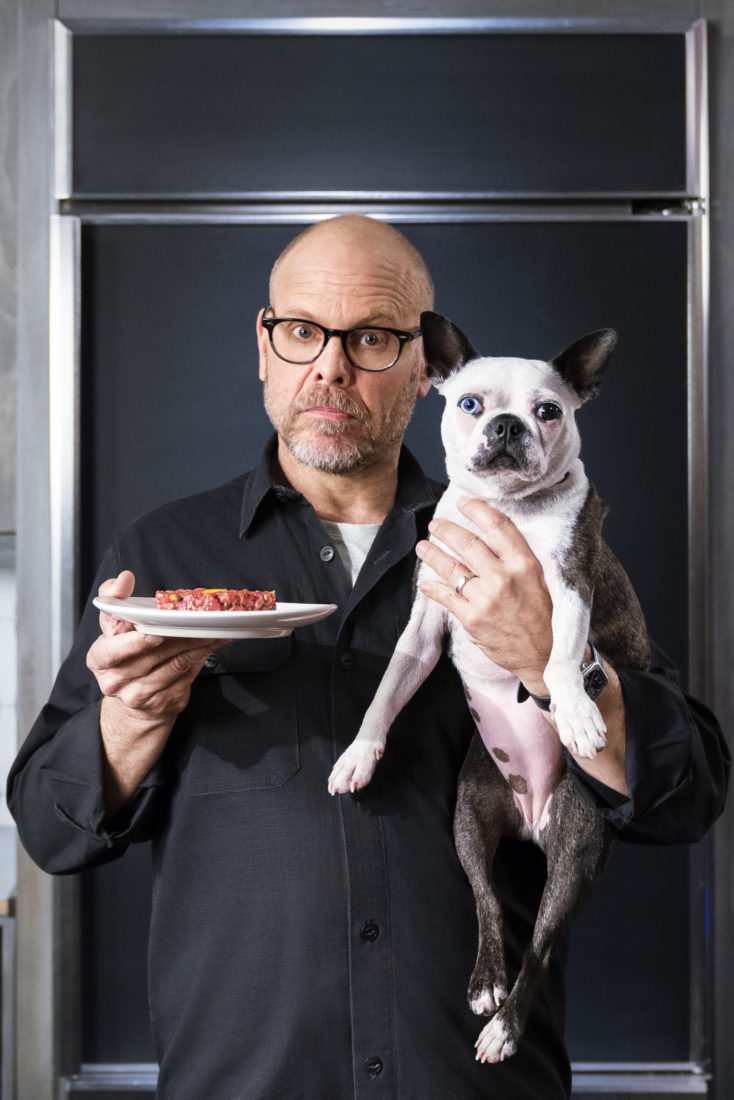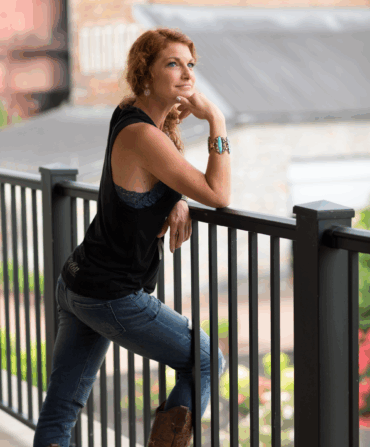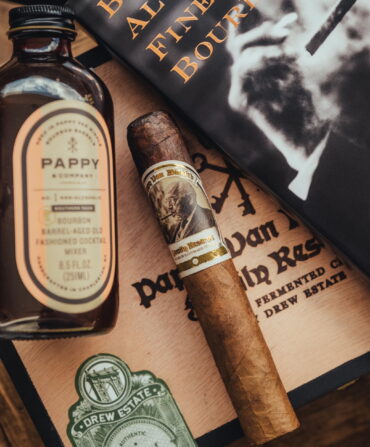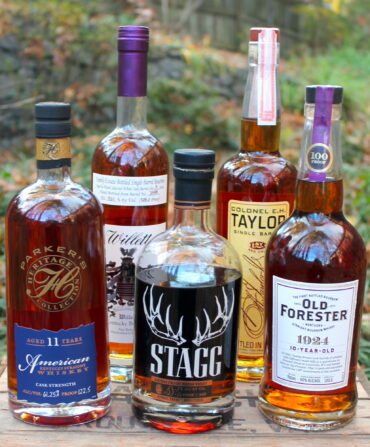Before diners regularly Instagrammed their meals and before smartphones put YouTube cooking tutorials just a few clicks away, a guy in Marietta, Georgia, named Alton Brown brought food science to the masses through his Food Network show Good Eats. On Sunday, August 25, at 10 p.m. EDT, after a nearly eight-year hiatus, Good Eats returns to television.
When the show premiered in 1999, Brown scored a victory for nerds everywhere—with both humor and hard data, he showed viewers how culinary science in home kitchens makes meals tastier. Brown delivered his lessons through easy-to-digest reasoning, goofy sketches, and often with the help of sock-puppet characters. The show launched him to food-personality mega-stardom, won a Peabody Award, and eventually built an audience of millions before Brown pulled the plug in 2012. He told reporters at the time that he was tired—the show’s production demands were exhausting—and he wanted to focus on a few other projects.
He has since hosted hundreds of Iron Chef episodes, authored a cookbook, and traveled countrywide for his live culinary variety shows. But as he began to make sense of the new media landscape during Good Eats’ time off the air, Brown realized he still had more to say about better cooking through science—and his audience was eager to learn more. He wrote scripts, built sets, and filmed in Marietta, Georgia, where he lives, creating a new season of the beloved show. “These thirteen Good Eats episodes are the best work I’ve ever done and the best work that I’m capable of doing,” he says.
We spoke with Brown about Southern food stereotypes he’s ready to leave behind (one spoiler: mason jars), how technology has shaped his storytelling, and what elements of Good Eats will remain largely the same (sock puppets and community-building). “Food continues to be a story that brings people together at a time when almost every other story pushes us apart,” he says. “Food is a universal gotta-have, our cultural glue.”
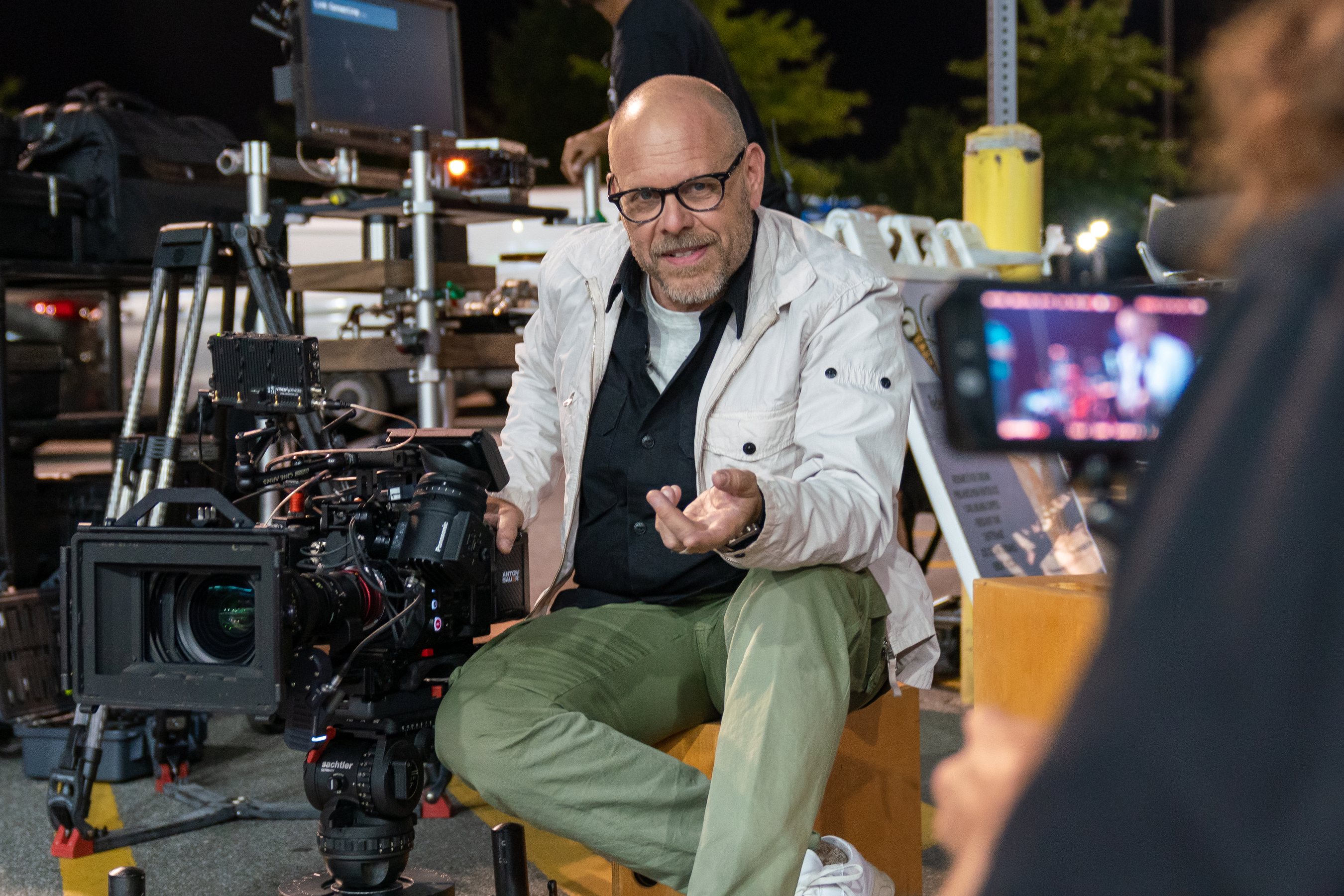
Courtesy of Food Network
Good Eats is the third longest-running series on Food Network. Are you coming back to beat out the top two—Rachael Ray and the Barefoot Contessa?
I’m not competing with anybody but myself. These shows are all so different. My show is fully scripted, with a single camera and narrative stories—I make half hour movies about food. We were the last primetime cooking show on a mainstream network and when we come back, we’ll be the only one on primetime.
Are you bringing back some of the recurring characters and elements?
Absolutely. The DNA is all intact. There’s a lot that’s new—from the set to the camera work, but there are still the same characters, and there are still cheap sock puppets. But it’s the first time that I’ve had total freedom and I’m grateful for that. The president of Food Network was like, you just go make your shows. Like, we riff on old Monty Python routines and crazy, crazy stuff happens.
You were such an innovator with how you filmed the first Good Eats. Now there are food videos that seem to take a cue from your work all over Instagram and the internet. How do you see yourself dipping back into the media world now?
Before I came back, I wanted to observe the landscape. Frankly, I had gotten a little bored with the toys I had and I wanted to wait to figure out the new toys. I wanted to see what happened with Instagram. I wanted to see what happened with food availability on the internet. With Amazon and the other online delivery services, I can tell stories using ingredients that nobody could have gotten five or six years ago. For instance, we have an episode on shakshuka and I teach people how to make harissa from scratch, and I know they can get hold of the peppers they need.
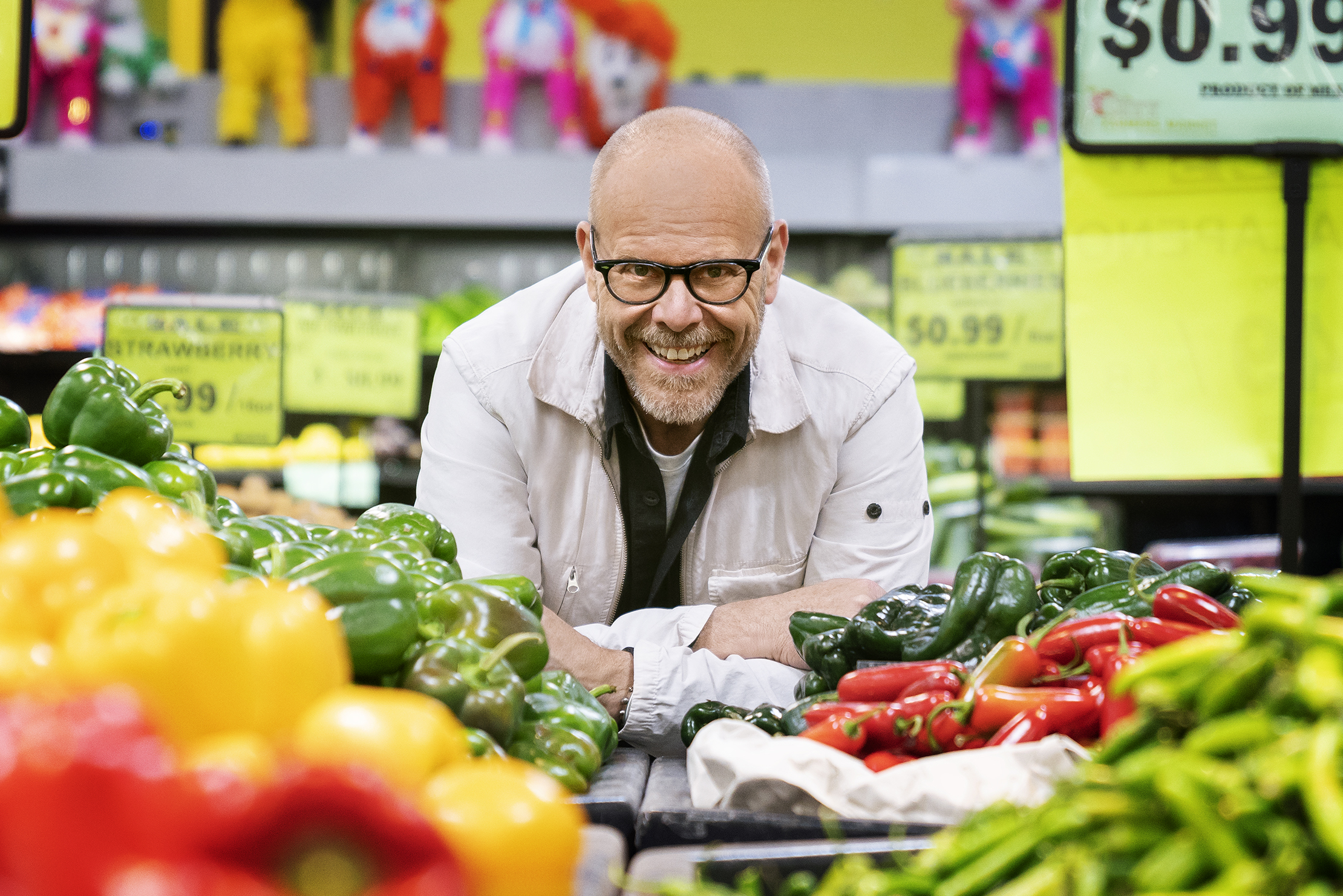
Courtesy of Food Network
Does that mean your audience has changed?
Awareness has changed. People accept new things. Seven years ago, Food Network wouldn’t let me do a show about steak tartare because it was considered rogue, this dangerous raw thing. Now everybody has steak tartare. I’m surprised McDonald’s doesn’t serve steak tartare. There were a lot of stories I wanted to tell that I had to wait on to become more acceptable.
What other recipes will you explore?
Some very classically American recipes like icebox cake and chicken parmesan. And we’re doing a show about immersion circulators, what people call sous vide, that I could never have done a few years ago, when they were still really expensive. But I think every American cook should have an immersion circulator—they’re magical.
We’re doing a wild sourdough show that is set in a post-apocalyptic world with zombies, a nuclear blast, and a giant dinosaur. And we’re doing a low-alcohol holiday cocktail show because I think people are interested in being able to drink all day without falling down. And my angle is, if you had a family like mine, you’d want to drink all day too.
We’re also doing a show about sauces that I use specifically to make up for the fact that I’m a really crappy cooker of fish on the grill. It’s my Achilles heel. I screw up almost every fish I grill, so I devised a series of sauces that allow me to still serve the food. I’m finally admitting to that.
So is this version of Good Eats sort of a confessional for you?
That’s one of the things about getting to be my age. I started making Good Eats twenty years ago now, and I just turned 57 during our shooting. I’m at the point now where I don’t feel the need to hide what I’m not good at anymore. I’m okay with it. I’m like, who is going to call me out on this? Okay, actually people do call me out all the time, but I don’t listen anymore. (Laughs.) Now I say, look, here’s what I do instead because I can’t cook this very well. And I think that helps people.

Courtesy of Food Network
You film in Marietta, where you also live. How does the South shape your work?
I’ve certainly come to terms with my own Southernness, and I know we all think about and talk about food too much. We’re always preoccupied with food. But we very much understand the connectivity of food here. However, I’m over the whole fetishizing of Southern cuisines. I’m sorry, I don’t want to drink out of any more mason jars; I’m taking a break from bourbon; and we don’t need to talk about barbecue in every other breath. People outside the South don’t realize that agriculture is the driving force of Southern cuisines. It’s not just biscuits and fried catfish, it’s about okra and tomatoes and squash.
Are there any Southern ingredients you predict will get more attention soon?
I think there’s going to be a resurgence of Southern relishes. Go look in some old kitchenware stores and you’ll see the relish trays used to serve chow chow and pickles and all of these very flavorful things. In small Southern towns, a lot of time and energy was spent on these recipes that represented the hospitality of the Southern table. Each relish or pickle is as local as you can get. I think we’re going to see relish evolve and tie into ingredients from all over the world. Because what is kimchi if not fermented chow chow?
Will the audience get to see inside your own home kitchen?
I’m thinking about doing a web series out of my loft, but my wife and I are still talking about how we feel about that. It is a pretty groovy space, but crossing over to that home environment, you open yourself up in a different way. If I let you into my home, you’re going to see what the refrigerator really looks like and I just don’t know if I’m ready for that.
What’s really in your fridge?
Probably seventeen jars of mustard. A lot of canned sake. And some really old butter. People magazine is coming to do a shoot, so I was cleaning out the refrigerator, and I was like, okay I thought these were olives and it’s actually some pieces of cut up, moldy watermelon. Things get that old if you’re not paying attention.
WATCH: Alton Brown Visits the G&G Office


